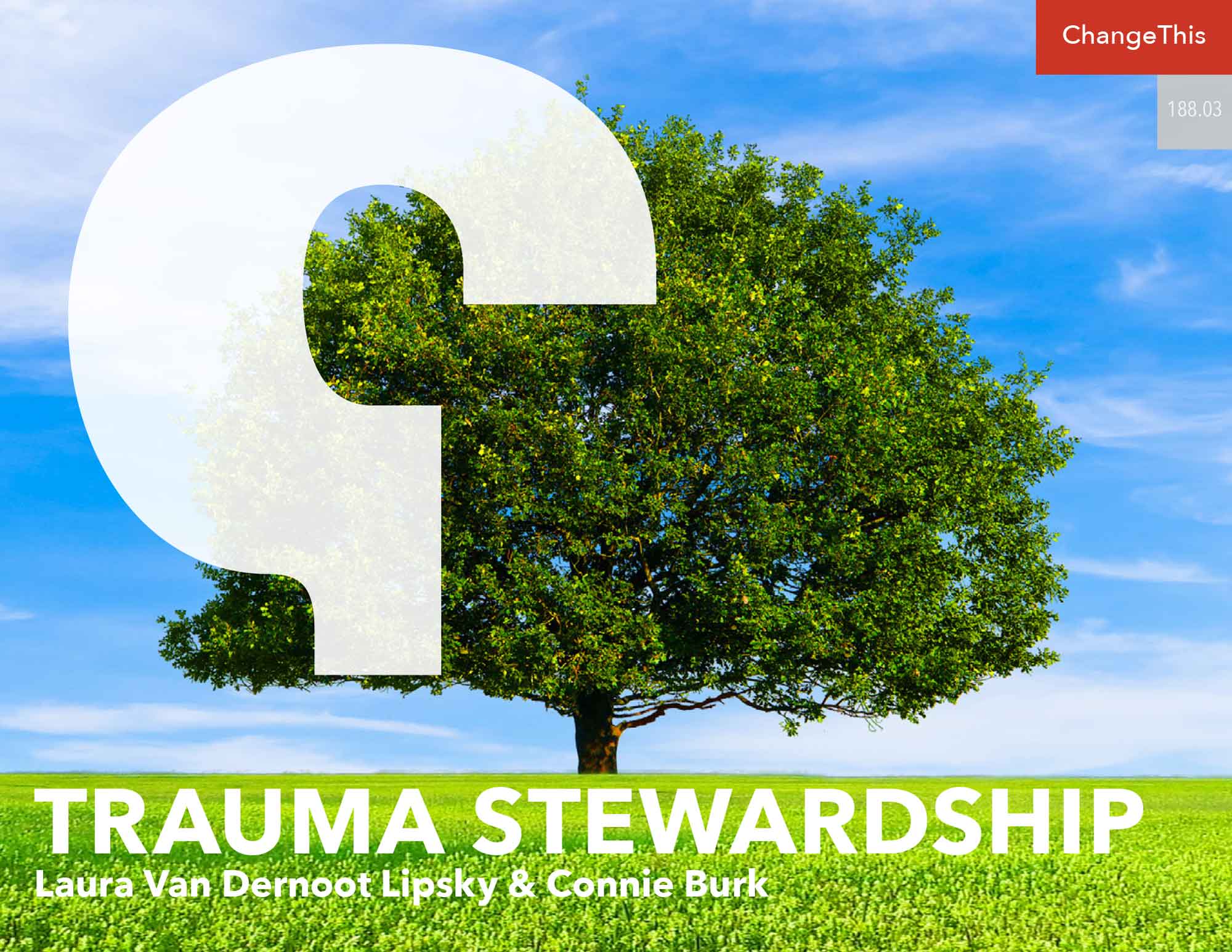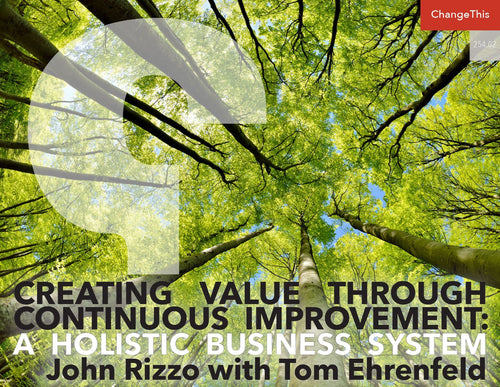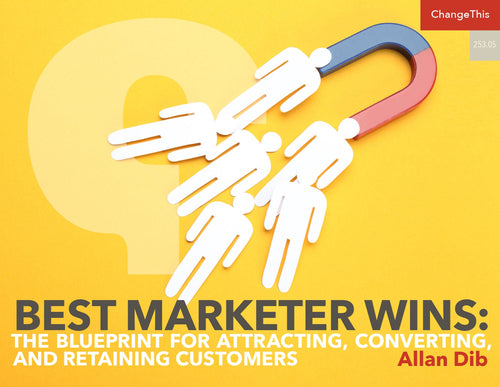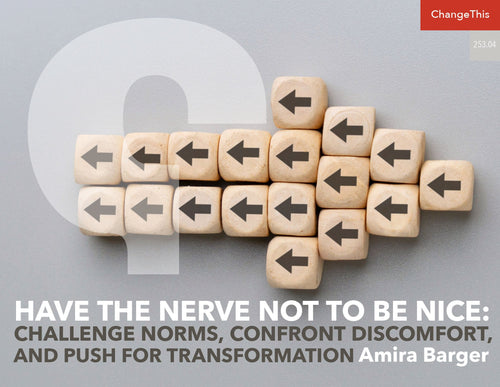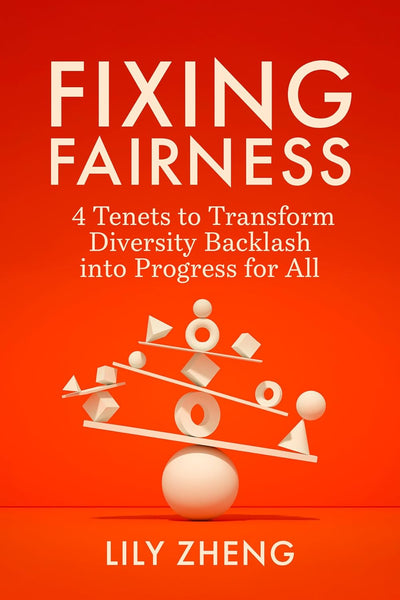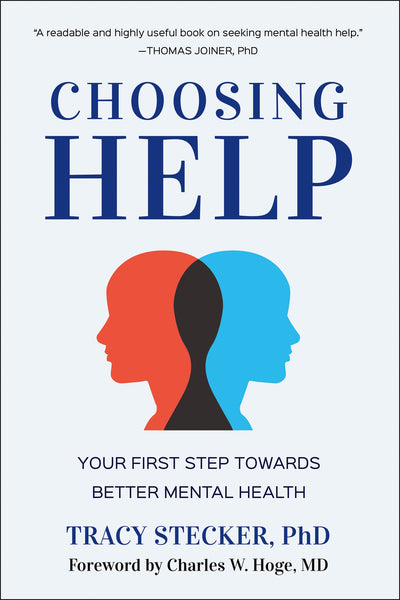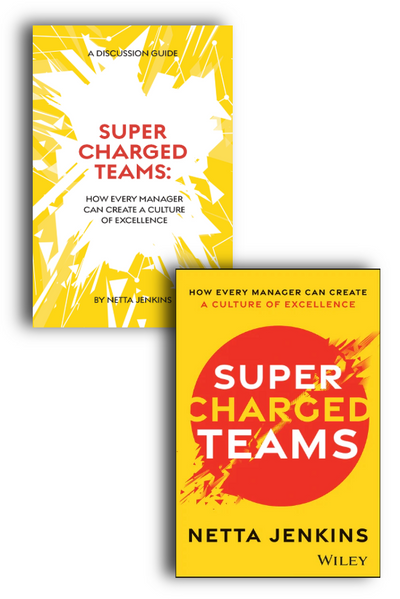Trauma Stewardship
We are all being exposed to and experiencing some amount of trauma during this time.
Trauma exposure response is still only slowly coming to the fore as a larger social concern rather than simply an issue for isolated individuals. It was first recognized decades ago in family members of Holocaust survivors and spouses of war veterans, but it has more recently attracted wide attention from researchers, who are working to assess its broader societal implications. According to a March 2007 Newsweek article, a U.S. Army internal advisory report on health care for troops in Iraq in 2006 indicated that 33 percent of behavioral-health personnel, 45 percent of primary-care specialists, and 27 percent of chaplains described feeling high or very high levels of “provider fatigue.” The article concluded with this blunt appraisal: “Now homecoming vets have to deal with one more kind of collateral damage: traumatized caregivers.”
In 2007, CNN.com published an article by Andree LeRoy, M.D., titled “Exhaustion, anger of caregiving get a name.” It begins, “Do you take care of someone in your family with a chronic medical illness or dementia? Have you felt depression, anger or guilt? Has your health deteriorated since taking on the responsibility of caregiving? If your answer is yes to any one of these, you may be suffering from caregiver stress.” The article reports a finding by the American Academy of Geriatric Psychiatrists that one out of every four families in the United States is caring for someone over the age of 50, with projections that this number will increase dramatically as the population in America ages.
Another source for the article is Peter Vitaliano, a professor of geriatric psychiatry at the University of Washington and an expert on caregiving. He reports that many caregivers suffer from high blood pressure, diabetes, a compromised immune system, and other symptoms that can be linked to prolonged exposure to elevated levels of stress hormones. Unfortunately, many “don’t seek help because they don’t realize that they have a recognizable condition,” the article says. In addition, Vitaliano explains, “caregivers are usually so immersed in their role that they neglect their own care.” The article cites online conversations among caregivers who acknowledge that in such an emotional state, it’s difficult to provide high-quality care to their loved ones.
While most research to date has concentrated on the effects of trauma exposure on those who watch humans suffer, we know that responding to trauma exposure is critical for those who bear witness to tragedies afflicting other species as well. Among these are veterinarians, animal rescue workers, biologists, and ecologists. We also cannot ignore emerging information about the profound levels of trauma exposure among people in the front lines of the environmental movement—those fighting to stop the juggernaut of global warming and those who strive desperately, in the face of mounting losses, to ward off the extinction of countless species of plants and animals.
Pioneering researchers have given our experience of being affected by others’ pain a number of names. I have come to refer to it as “trauma exposure response.” Charles Figley uses the terms “compassion fatigue” and “secondary traumatic stress disorder.” Laurie Anne Pearlman, KarenW. Saakvitne, and I. L. McCann refer to the process as “vicarious traumatization.” Jon Conte uses the words “empathic strain.” Still others call it “secondary trauma.”
Here, we include trauma exposure response under a larger rubric: trauma stewardship. As I see it, trauma stewardship refers to the entire conversation about how we come to do this work, how we are affected by it, and how we make sense of and learn from our experiences. In the dictionary, stewardship is defined as “the careful and responsible management of something entrusted to one’s care.” These days, the term is widely used in connection with conservation and natural-resource management. In the January 2000 issue of the Journal of Agricultural and Environmental Ethics, Richard Worrell and Michael Appleby defined stewardship as taking care “in a way that takes full and balanced account of the interests of society, future generations, and other species, as well as of private needs, and accepts significant answerability to society.”
When we talk about trauma in terms of stewardship, we remember that we are being entrusted with people’s stories and their very lives, animals’ well-being, and our planet’s health. We understand that this is an incredible honor as well as a tremendous responsibility.
We know that as stewards, we create a space for and honor others’ hardship and suffering, and yet we do not assume their pain as our own. We care for others to the best of our ability without taking on their paths as our paths. We act with integrity toward our environment rather than being immobilized by the enormity of the current global climate crisis. We develop and maintain a long-term strategy that enables us to remain whole and helpful to others and our surroundings even amid great challenges. To participate in trauma stewardship is to always remember the privilege and sacredness of being called to help. It means maintaining our highest ethics, integrity, and responsibility every step of the way.
Trauma stewardship is for medical personnel, social workers, ecologists, teachers, firefighters, police officers, environmentalists, home health aides, military personnel, domestic violence workers, biologists, the staffs at animal shelters, international relief workers, social-change activists, those caring for an elderly parent or a young child—in short, anyone who interacts with the suffering, pain, and crisis of others or our planet. It is an approach that applies equally whether the trauma we encounter is glaring or subtle, sudden or prolonged, isolated or recurring, widely recognized or barely perceived. Our stewardship involves but is not limited to our intention in choosing the work we do, our philosophy of what it means to help others, the tone our caregiving takes, and our daily decisions about how we live our life.
Trauma stewardship is not simply an idea. It can be defined as a daily practice through which individuals, organizations, and societies tend to the hardship, pain, or trauma experienced by humans, other living beings, or our planet itself. Those who support trauma stewardship believe that both joy and pain are realities of life, and that suffering can be transformed into meaningful growth and healing when a quality of presence is cultivated and maintained even in the face of great suffering.
Trauma stewardship calls us to engage oppression and trauma—whether through our careers or in our personal lives—by caring for, tending to, and responsibly guiding other beings who are struggling. At the same time, we do not internalize others’ struggles or assume them as our own. Trauma stewardship practitioners believe that if we are to alleviate the suffering of others and the planet in the long term, we must respond to even the most urgent human and environmental conditions in a sustainable and intentional way. By developing the deep sense of awareness needed to care for ourselves while caring for others and the world around us, we can greatly enhance our potential to work for change, ethically and with integrity, for generations to come.
The rewards of such a practice are obvious, and it is also a profound challenge. Effective trauma stewardship may require that we question some of our most deeply held beliefs about our lives and work. Many of us might believe, secretly or not so secretly, that our commitment to our work may be measured by our willingness to martyr ourselves. It can be a terrific effort to adopt behaviors or ways of thinking that defy such internal convictions, even when you know the changes are self-respecting, healthy, and entirely necessary.
The most important technique in trauma stewardship is learning to stay fully present in our experience, no matter how difficult. The early American essayist and poet Ralph Waldo Emerson once said, “In skating over thin ice, our safety is in our speed.” Our goal is the opposite: When we arrive at a frightening place, we want to slow down enough to be curious about what is happening within ourselves. We want to be “present” with ourselves, an activity that in this book we can consider synonymous with being “mindful.” According to Jon Kabat-Zinn, a scientist, author, and educator who has written extensively about the uses of meditation in medicine, mindfulness can be defined as “paying attention in a particular way; on purpose, in the present moment, and non-judgmentally.” Daniel Siegel, a doctor, researcher, and educator, describes mindfulness as “being aware of your awareness and paying attention to your intention.”
As you begin to observe yourself, be fascinated, intrigued, and in no way critical. Avoid thinking in terms of right or wrong, good or bad, pathological or healthy. As we move away from habitual binary thinking, we can assume an internal posture similar to what a coach might suggest to a runner training for a marathon: chest open, shoulders lowered, jaw relaxed. When we do this, we’re more able to go the distance in our self-exploration.
We might phrase our inquiry as follows: If I am exposed to suffering in a single moment or over the arc of time, is there the possibility that I will be affected by such exposure? Like that. No conclusions, no judgment, no defensiveness—just curiosity. We ask, “How am I different now than I was?” Our awakening to some changes may edify us and bring us closer to our values. At moments, our noticing may leave us feeling estranged, angry, or confused. With our tool of curiosity, we can observe the changes in ourselves, our relationships, and our work. The Soto Zen priest Suzuki Roshi said, “All of you are perfect, and you could use a little improvement.”
Maintaining compassion for ourselves and others is of paramount importance as we explore our trauma exposure response. This is the term we use for the wide range of strategies we may have evolved, whether consciously or unconsciously, to contend with the trauma we have witnessed or shared in our lives or our work. The more we try to protect ourselves through not being fully present to what is unfolding in our lives, the more we feel the effects of trauma exposure. As you take this in, waste no time in being self-deprecating or in indicting others; be as openhearted and open-minded as you can. When we lose compassion, our capacities to think and feel begin to constrict. If we are going to work optimally on this journey, we will need thinking and feeling in abundance. And the more you can laugh through these times, the better.
A lot has changed in these past few months, but I encourage you to remember that nothing has to change in the world for us to transform our own life experience. This may be difficult to accept—we may be committed to repairing society on multiple levels, and we may think about our work in relation to large questions of justice, equality, and liberation. We may feel that if we focus on ourselves, we are abandoning our mission. The truth is that we have no authority over many things in our lives, but we do control how we interact with our situation from moment to moment. If we allow our happiness and sense of success to hinge on things outside of ourselves, we will wait for our well-being indefinitely. For example: “When my boss leaves, I’ll feel better.” “When we get more funding, things will be smoother.” “If I can wrap up my research project, I’ll be happier.”
Many traditions teach us that regardless of anything external, we can create and recreate how we feel, view the world, and experience our surroundings simply by shifting our perspective. We can ask, “Where am I putting my focus?” If we put aside our fears and simply observe what is in front of us, there is something in every moment to honor. As the Holocaust victim and diarist Anne Frank said, “How wonderful it is that nobody need wait a single moment before starting to improve the world.”
Remembering that we have the freedom to choose our path is a central tenet of this philosophy and approach to living. We are drawing a map that will help us navigate our way to trauma stewardship; the more we understand about where we are, the better our choices about where we go. The first step is to slow down and take stock of where you are now. As you do so, keep in mind that you can decide your course of action with respect to the work you are doing, and resolve to interact with what is in front of you in an honorable way. Intentions like these can go a long way toward sustaining a life of meaning and purpose.
We probably can all identify with the experience of having our friends, our family, and even our pets trying to communicate with us about how we’ve changed, and we probably all know that for any variety of reasons, hearing it from others can create a dynamic of defensiveness or alienation. If we rise to the challenge of becoming aware of our transformation, we’ll be acting responsibly not only toward ourselves but toward others. If we’ve laid the groundwork internally to listen to ourselves with empathy, we may be able to hear others’ concerns, feedback, and reflections in a more open way as well.
Although trauma stewardship tells us we have choices about where to put our focus, it does not simply involve putting on a happy face. This approach demands that we embrace a paradox: If we are truly to know joy, we cannot afford to shut down our experience of pain.
We know that there have been many attempts to hide the evidence of suffering in the world. During the Rwandan genocide, Tutsis tried desperately to catch the attention of the international community—but the story was often passed over in favor of less complicated fare. In the aftermath of the killing, many around the globe expressed dismay that people could perpetrate and suffer so much violence without their stories penetrating the consciousness of the world community. It was the question “How could such suffering go unnoticed?” that eventually made the headlines, not the suffering itself.
Many of us who do frontline work to ease trauma and bring about social and environmental change understand that bearing witness, amplifying the story, and taking right action are our most important tasks. But how do we witness, and what is right action? In living out these questions, we often confront choices that leave us feeling anguished and overwhelmed. Which reality should we focus on? Should we focus on the trauma itself? Should we focus on the heroism of women, men, and children who continue to struggle? Should we focus on the economic, environmental, and political practices, past and present, that have created conditions in which violence and destruction thrive? Or should we focus on the amazing capacity of humans to survive, help, love, repent? If we choose wrong—or, worse yet, if our attention strays—how much more suffering will go unnoticed?
The answers to such questions are not easy to find. Even as we struggle to arrive at a usable answer, thornier philosophical questions arise. They are the stuff that has fueled the work of theologians, artists, politicians, healers, poets, and activists for millennia. There are nearly as many theories as there are thinkers about the helper’s relationship to those who need help and to the world that created their need.
Of course, too often, suffering does go unnoticed and unattended. Still, people who are working to help those who suffer, or who are working to repair the world to prevent suffering, must somehow reconcile their own joy—the authentic wonder and delight in life—with the irrefutable fact of suffering in the world. People may come to believe that feeling happy or lighthearted is a betrayal of all of the countless humans, creatures, and environments that are under siege on this planet. They may act as if the only way they can express solidarity with suffering of any kind is by suffering themselves. Even for many well-intentioned, noble, responsible people, the scope of disease, hardship, and pain from the individual to the global level can be overwhelming. People who experience a sense of helplessness may come to believe there is nothing to be done but keep their heads down and hope for the best.
Somewhere between internalizing an ethic of martyrdom and ignoring ongoing crises lies the balance that we must find in order to sustain our work. The more we can attend to this balance, the greater our odds of achieving a sustainable practice of trauma stewardship.
My work for trauma stewardship starts with each of us as individuals. This emphasis comes from my personal belief, rooted in life experience and years of study and professional practice, that our capacity to help others and the environment is greatest when we are willing, able, and even determined to be helped ourselves. When I say that each of us should take responsibility for becoming trauma stewards, however, I do not mean that any of us is in this alone. I do not propose a “pull yourself up by your own bootstraps” approach to coping with the effects of exposure to trauma.
Our ability to function as effective trauma stewards is directly influenced by the organizations we work for, as well as by the systems and attitudes that prevail in society at large. Every larger system has an obligation to the people who make it work, as well as to the people it serves.
At the same time, each of us must recognize that we have a role to play in shaping the organizations and social systems we participate in. Trauma always creates a ripple effect, the same as when someone throws a stone into a still pond. The initial impact creates repercussions that expand almost infinitely, reaching and having an effect on many people who didn’t experience the blows firsthand. The shockwaves soon move beyond individual caregivers to influence the organizations and systems in which we work and, ultimately, the society as a whole. The harms of trauma exposure response radiate in this way, but so do the benefits of trauma stewardship.
Like individuals, organizations and institutions may unwittingly respond to trauma exposure in ways that prevent them from fully realizing their mission to help. Lacking the resources and means to realize their goals, they can actually increase their clients’ distress and create hardship for workers.
The same is true on the societal level. Larger systems may also contribute to suffering even as they attempt to alleviate it. In the United States, we see this dynamic in examples as diverse as the health care industry and the justice system. The health care industry is intended to limit suffering but instead often winds up magnifying trauma exposure for patients, their workers, and the organizations that interact with them. Similarly, cooperating with law enforcement or testifying in court may inadvertently increase the anguish of crime victims. Reflecting on the lessons of my own extensive experience in organizations, I have come to realize that sometimes I was a part of the problem even as I aspired to be part of the solution. This can be difficult to acknowledge; as workers, we may have a lot invested in these systems. But as we explore trauma stewardship, we must be willing to recognize that there are major flaws in our organizations, institutions, and societal systems—and that these shortcomings affect us and the way we do our jobs.
Although a complete exploration of the organizational and societal ramifications of our work is beyond the scope of this piece, these discussions of personal change are intended to take place in the context of this larger framework.
If we are to contribute to the changes so desperately needed in our agencies, communities, and societies, we must first and foremost develop the capacity to be present with all that arises, stay centered throughout, and be skilled at maintaining an integrated self. For many, this requires a daily practice of “handling your business,” as the singer and social activist StevieWonder says. Our goal is to reach the places where we can conduct our own lives with ethics and integrity—day after day, and in situation after situation. The more that we can accomplish this, the clearer our path at every level of trauma stewardship will be.
At certain times of year in the Pacific Northwest, there are so many spider webs outside in the early morning that it’s hard to move without colliding with one of these glorious creations. I try to take my moments of sudden stopping as a reminder of Chief Sealth’s insight that we are all a part of a much larger web of life. As we prepare to depart on our separate yet connected journeys of trauma stewardship, it helps to remember that this web of life, as it extends throughout the world, is vast, intricate, and complicated in ways we may not understand.
Because the web of life is too complex for any human being to know completely, people often lose sight of the fact that there is a whole. But there is. And when we look at the spider’s creation, it is clear that even the slenderest strand makes a difference to the strength and sustainability of the entire miraculous structure. The same is true for each and every one of us. It matters that we try to do no harm. It matters that we try to keep our energy moving and healthy. It matters that we appreciate life’s strength and delicacy. It matters that we awaken to the web’s presence and then interact with it in an intentional and deliberate way. Otherwise, we will walk right through our own web without ever seeing its beauty, the way it reflects the sunlight or collects the morning dew.
John Muir, a Scottish-born American naturalist, once wrote, “When we try to pick out anything by itself, we find that it is bound fast, by a thousand invisible cords that cannot be broken, to everything else in the Universe.”
By now, we know that if we want to decrease the suffering in our world, we will need to learn a behavior that is fundamentally different from the ones that have caused such pain and destruction.
We must open ourselves to the suffering that comes with knowing that there are species we can’t bring back from extinction, children we can’t free from their abusive homes, climate changes we can’t reverse, wounded veterans we can’t immediately healm and people we can’t save as a global pandemic ravages the entire globe. We must also open ourselves to the hope that comes with understanding the one thing we can do. We can always be present for our lives, the lives of all other beings, and the life of the planet. Being present is a radical act. It allows us to soften the impact of trauma, interrupt the forces of oppression, and set the stage for healing and transformation. Best of all, our quality of presence is something we can cultivate, moment by moment. It permits us to greet what arises in our lives with our most enlightened selves, thereby allowing us to have the best chance of truly repairing the world.
As we continue on our journeys, may our lives be informed by our deepening awareness of our role in life’s web. May we care well for ourselves and for others. May we remember that our courage on this path lies in the way we take each and every step. “If one is to do good, it must be done in the minute particulars,” said the English poet and artist William Blake. May we remember that trauma stewardship requires us to honor others and our planet in a way that is possible only if we have made a commitment to our own path of wellness. May we discover peace amid the strife, joy amid the suffering, and trust amid the groundlessness that is, ultimately, life’s course.
ABOUT THE AUTHORS
Laura van Dernoot Lipsky is a trauma social worker and educator.
Connie Burk is the executive director of the Northwest Network of Bisexual, Trans, Lesbian and Gay Survivors of Abuse.

